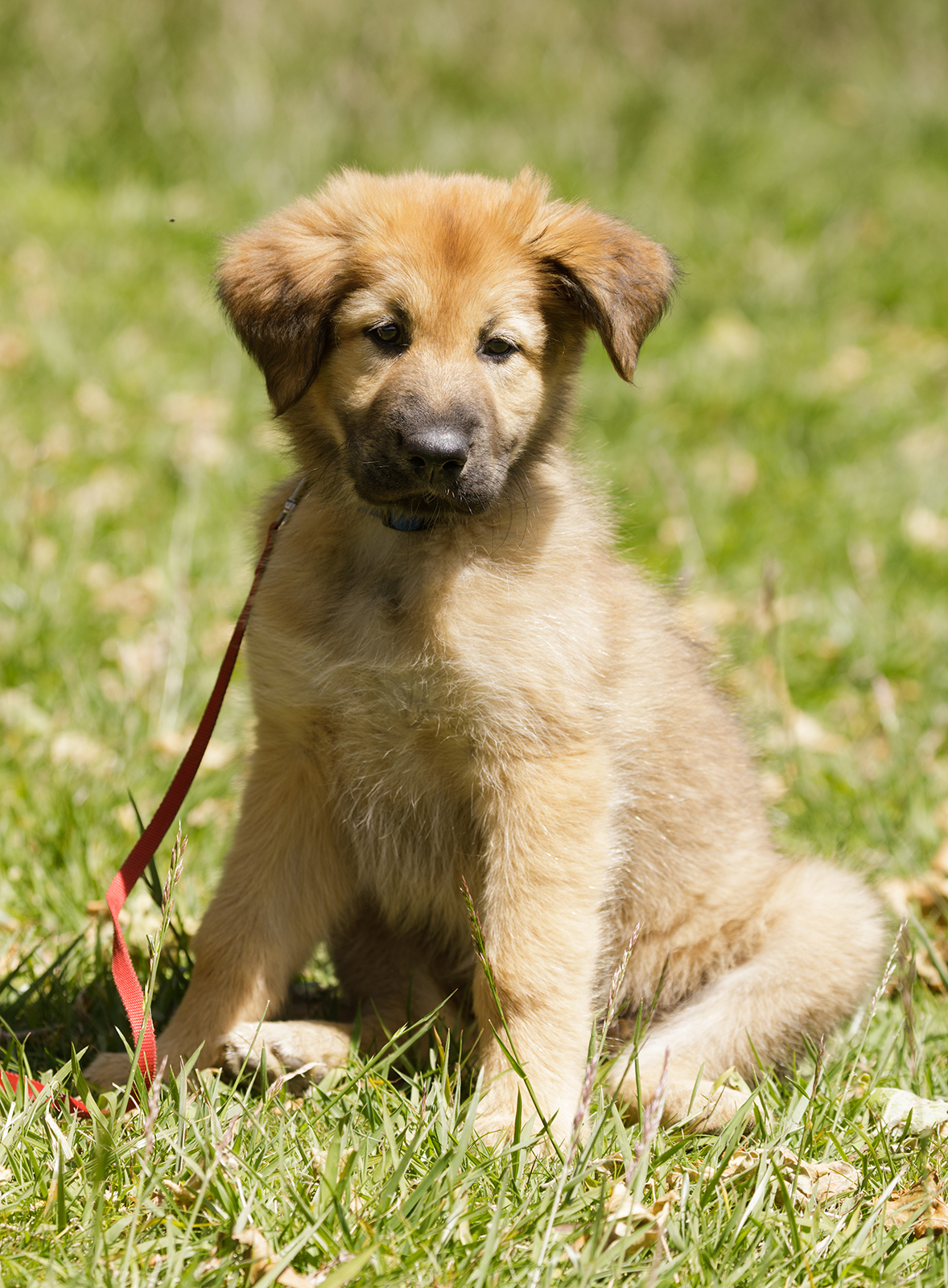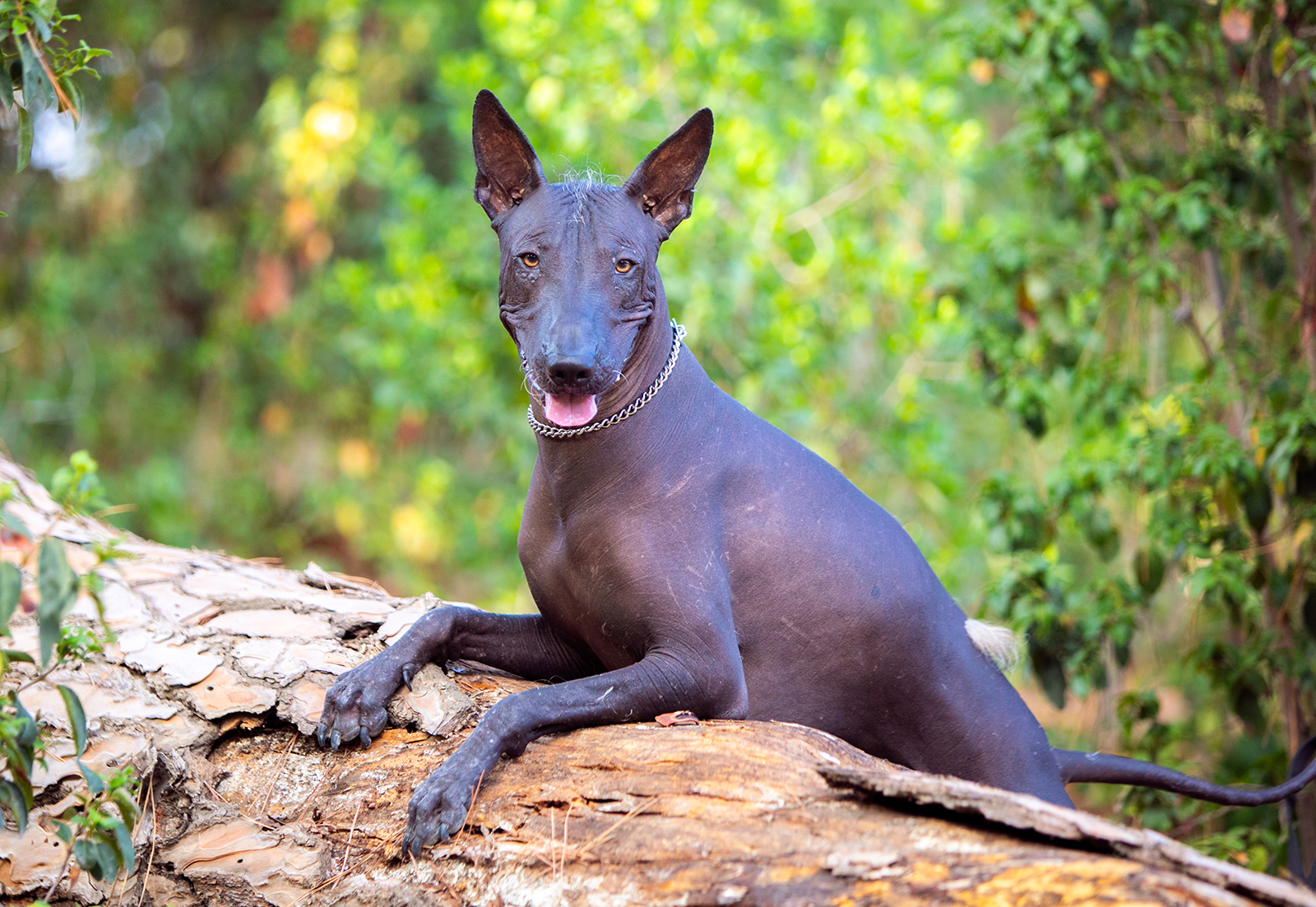While many are familiar with popular dog breeds, there are other dog breeds that remain incredibly rare. The <strong>rarest dog breeds in the world are unique in appearance, history, and temperament. In this guide, we’ll review the 25 rarest dog breeds in the world, revealing what makes them so special and why they are seldom seen.
What Makes a Dog Breed Rare?
Dog breeds become rare for a variety of reasons, from geographic isolation to historical decline. Breeds developed for specific purposes, like hunting or guarding, often see their populations dwindle as those needs change. Genetic factors, low demand, and special care requirements also contribute to rarity. Additionally, conservation efforts aim to preserve some of these endangered breeds, which embody rich cultural and historical significance.
1. New Guinea Singing Dog (Most Rare)

- Unique Traits: Known for their distinctive howling or “singing.”
- Population: Extremely limited in the wild; only a few hundred in captivity.
- Conservation Efforts: Captive breeding programs are crucial for their survival.
2. Chinook

- Unique Traits: Strong, friendly, and excellent with children.
- Population: Still rare, but increasing due to breeding efforts.
- Known For: Being a versatile sled dog used for hauling.
3. Norwegian Lundehund

- Unique Traits: Six toes, flexible neck that can bend backward.
- Population: Fewer than 1,500 worldwide.
- Conservation Efforts: Breeding programs are slowly rebuilding numbers.
4. Otterhound

- Unique Traits: Webbed feet and waterproof coat for swimming.
- Population: Fewer than 1,000 globally.
- Known For: Exceptional scent-tracking abilities.
5. Azawakh

- Unique Traits: Extremely lean and tall, built for speed.
- Population: Small, especially outside Africa.
- Known For: Protecting livestock from predators.
6. Peruvian Inca Orchid

- Unique Traits: Hairless with sensitive skin.
- Population: Very rare, especially outside Peru.
- Care Needs: Requires protection from sun exposure due to hairlessness.
7. Catalburun
The Catalburun is a Turkish breed with a unique split nose, used primarily as a hunting dogs. It remains rare even in its home country due to its specialized use.
- Unique Traits: Split nose for enhanced scent detection.
- Population: Extremely rare, even in Turkey.
- Known For: Hunting and tracking abilities.
8. Thai Ridgeback

- Unique Traits: Ridge of hair growing in the opposite direction.
- Population: Rare globally, mostly found in rural Thailand.
- Known For: Strong hunting instincts.
9. Stabyhoun

- Unique Traits: Gentle, versatile, and great with children.
- Population: Rare outside the Netherlands.
- Known For: Multi-purpose working dog.
10. Xoloitzcuintle

- Unique Traits: Hairless with ancient cultural significance.
- Population: Gaining popularity but still relatively rare.
- Care Needs: Skin requires careful management, especially outdoors.
11. Czechoslovakian Vlciak
A wolf-dog hybrid developed in Czechoslovakia, the Ceskoslovenský vlciak is known for its high energy and need for specialized training, making it rare even among dog enthusiasts.
- Unique Traits: Resembles a wolf, highly intelligent.
- Population: Small due to specialized care needs.
- Care Needs: Requires extensive training and exercise.
12. Cesky Terrier

- Unique Traits: Small and sturdy with a wavy coat.
- Population: Under 1,300 globally.
- Known For: Hunting in Czech forests.
13. Dandie Dinmont Terrier
This breed almost became extinct during World War II. While breeders have worked hard to rebuild the population, the Dandie Dinmont Terrier remains rare today.
- Unique Traits: Long body with a distinctive topknot of hair.
- Population: Still rare despite revival efforts.
- Known For: Hunting small game.
14. Skye Terrier
The Skye Terrier, native to Scotland, has seen its numbers decrease over the years due to the breed’s long coat, which is often mistakenly thought to require high maintenance.
- Unique Traits: Long, flowing coat.
- Population: Rare, with dwindling interest.
- Care Needs: Low-maintenance coat despite its length.
15. Lagotto Romagnolo
Originally bred for truffle hunting, the Lagotto Romagnolo is gaining popularity but remains rare. Its woolly coat and exceptional scenting ability make it highly prized in certain circles.
- Unique Traits: Woolly coat, excellent sense of smell.
- Population: Growing but still rare.
- Known For: Truffle hunting in Italy.
16. Kai Ken
This rare Japanese breed, the Kai Ken is known for its tiger-like brindle coat and hunting skills. Despite its loyalty and agility, it remains rare due to limited breeding outside Japan.
- Unique Traits: Tiger-like brindle coat.
- Population: Rare outside of Japan.
- Known For: Agile hunting abilities.
17. Manchester Terrier
One of the oldest and terrier rarest dog breeds, the Manchester Terrier was originally bred to hunt rats. Though not critically endangered, it is becoming rarer in some parts of the world, especially the U.S.
- Unique Traits: Sleek and fast with a keen hunting instinct.
- Population: Declining in the U.S.
- Known For: Rat hunting.
18. Belgian Shepherd Dog
This intelligent working dog also known as the Belgian Sheepdog is rare outside Belgium, where it excels in various tasks. Its high energy and need for mental stimulation limit its popularity in less active households.
- Unique Traits: High intelligence, needs mental engagement.
- Population: Rare outside of Belgium.
- Known For: Herding and police work.
19. Bedlington Terrier
The Bedlington Terrier, with its distinctive lamb-like appearance, was once a popular breed for dog sports and racing known for being one of the most athletic dogs of its time. Despite its playful personality and unique look, it remains moderately rare today due to its niche appeal. These dogs are prized for their gentle nature and low-shedding coats, making them good companions, but they still aren’t widely known or bred.
- Unique Traits: Lamb-like appearance with curly, non-shedding coat.
- Population: Moderately rare, with limited breeding.
- Known For: Historically used in dog racing and sports.
20. American Hairless Terrier
A descendant of the Rat Terrier, the American Hairless Terrier is a relatively new breed known for its hypoallergenic properties. Its genetic mutation causes hairlessness, making it popular among people with allergies. However, the breed remains rare due to its specific care needs, such as protecting its skin from the sun and managing potential skin issues.
- Unique Traits: Hairless, hypoallergenic.
- Population: Rare due to limited breeding.
- Care Needs: Requires special care for skin protection and health.
21. Finnish Spitz
The Finnish Spitz is known for its fox-like appearance and its loud, distinctive bark, which was traditionally used to alert hunters to game. While it is highly valued in its native Finland, its rarity outside the country is due to specific care needs and limited breeding. Finnish Spitz dogs require a lot of mental stimulation and exercise, which can make them challenging for less active families.
- Unique Traits: Fox-like appearance, highly vocal.
- Population: Rare outside of Finland.
- Known For: Hunting birds and alerting hunters with their barking.
22. Karelian Bear Dog
Bred in Finland for hunting large game, including bears, the Karelian Bear Dog is prized for its bravery and independence. This breed is rare outside of its native region because of its specific hunting skills and strong instincts, which make it less suitable as a typical household pet. Only a few thousand remain, with dedicated breeders focusing on maintaining the breed’s unique characteristics.
- Unique Traits: Fearless, independent hunting dogs.
- Population: Rare, with only a few thousand worldwide.
- Known For: Hunting large game, including bears.
23. Mudi
A versatile Hungarian herding dog, the Mudi is known for its intelligence and agility. Despite its growing popularity among dog sports enthusiasts, the Mudi remains rare, with fewer than a few thousand individuals worldwide. It is highly regarded for its natural herding instincts and adaptability.
- Unique Traits: Agile, intelligent herding dog.
- Population: Rare but gaining recognition.
- Known For: Versatility in herding and dog sports.
24. Lowchen
The Lowchen, also known as the “little lion dog,” was once on the verge of extinction. This companion breed, known for its lion-like mane, has seen a resurgence in numbers thanks to the dedication of breeders. While it has survived, it remains a rare breed with a small but passionate following.
- Unique Traits: Lion-like mane, affectionate personality.
- Population: Still rare despite efforts to increase numbers.
- Known For: Companion dog once nearly extinct.
25. Treeing Tennessee Brindle (Least Rare)
The Treeing Tennessee Brindle is a hunting breed known for its ability to track and tree game. While its population isn’t critically low, the breed remains rare due to its specialized use by hunters and the lack of widespread breeding. Its brindle coat and treeing instinct make it a favorite among hunters but less common as a household pet.
- Unique Traits: Excellent tracking and treeing abilities.
- Population: Rare but stable due to its niche use.
- Known For: Hunting and tracking game in the U.S.
The Importance of Preserving the Rarest Dog Breeds in the World
Rare dog breeds are not just companions; they represent cultural heritage, specialized working skills, and genetic diversity. Many of these breeds face extinction if conservation efforts are not maintained. Protecting rare breeds is important for preserving the unique traits and histories they carry, as well as maintaining a healthy gene pool for future generations. Through responsible breeding and conservation, we can ensure these dogs continue to thrive.
FAQ Section
1. Why are some dog breeds so rare?
Some dog breeds are rare due to geographic isolation, historical changes in demand (such as the decline of hunting), and specific breeding challenges. Many of these breeds have specialized roles that are no longer widely needed.
2. How can I adopt a rare dog breed?
Adopting a rare dog breed typically requires working with specialized breeders or breed-specific rescue organizations. You may need to be placed on a waiting list, and it’s important to research the breed’s care needs before adopting.
3. Are the rarest dog breeds in the world more expensive?
Yes, rare dog breeds tend to be more expensive due to their limited population and the costs associated with maintaining their specific breeding programs. Prices can vary significantly based on breed and location.
4. What are the care needs of hairless dog breeds like the American Hairless Terrier?
Hairless breeds like the American Hairless Terrier require special care to protect their skin from sunburn, dryness, and other environmental factors. Regular moisturizing and sunblock are often necessary.
5. Are rare dog breeds harder to care for?
Not necessarily, but some rare dog breeds have specific care requirements due to their genetic traits or historical roles. For example, breeds like the Finnish Spitz require more exercise and mental stimulation, while hairless breeds need special skin care. It’s important to understand the specific needs of the breed you’re interested in.




